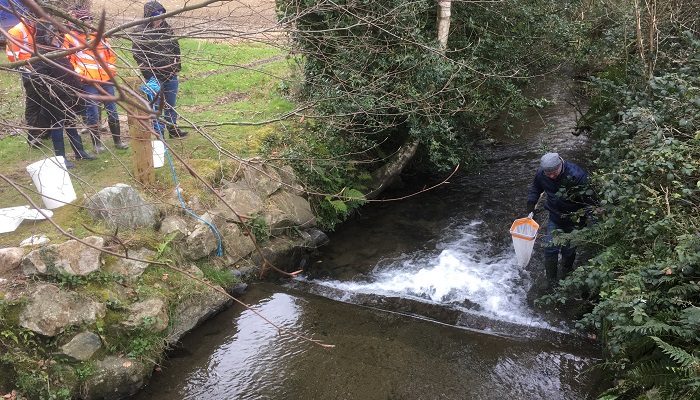24 March 2021
Managing Soil Phosphorous for Water Quality

Phosphorus is an essential nutrient particularly when it comes to crop establishment. Eddie Burgess, Catchment Specialist with the Teagasc Agricultural Catchments Programme speaks more about managing soil phosphorus for water quality.
Phosphorous is an essential element and is of particular benefit for crop establishment. Unfortunately phosphorous easily gets fixed to soil and becomes unavailable to growing plants. The standard soil test measures P that is available, which is usually less than 1% of the total phosphorous in the soil. Clay content, soil temperature and organic matter all have an impact, but the single biggest thing you can manage to improve P availability is pH. Spreading lime on acidic soils to bring the soil pH up to 6.3 will make far more phosphorous available than spreading fertiliser.
In grassland, applied phosphorus accumulates in soil close to the surface. When you get a lot of rainfall on heavy soil types, or when the soil is saturated in the first place, most of the water will “run-off” the surface. Consequently, the water is moving in or on the soil where P is most concentrated. This “run-off” carries both dissolved P and Phosphorous attached clay particles. In a typical year 8 or 10 heavy rain storms will carry over half the Phosphorous lost to our rivers and lakes. Fertiliser, including slurry, spread on wet or frozen soils followed by heavy rain will add to this loss. Drier soils have the capacity to soak up heavy rain and can reduce phosphorous losses to one quarter the amount.
Eutrophication results from excessive growth of unwanted algae. In fresh water, a very small amount of phosphorous (under 1 unit per acre) can cause this, leading to reduced oxygen which impacts on life naturally occurring in our rivers and lakes. Spreading manure at the Right time, in the Right place and at the Right rate will reduce losses, which in addition to saving money, will result in good water quality leaving your farm.
In this clip, Eddie Burgess, Catchment Specialist with the Teagasc Agricultural Catchments Programme speaks more about managing soil phosphorus for water quality.
For more information see Water Quality Week
